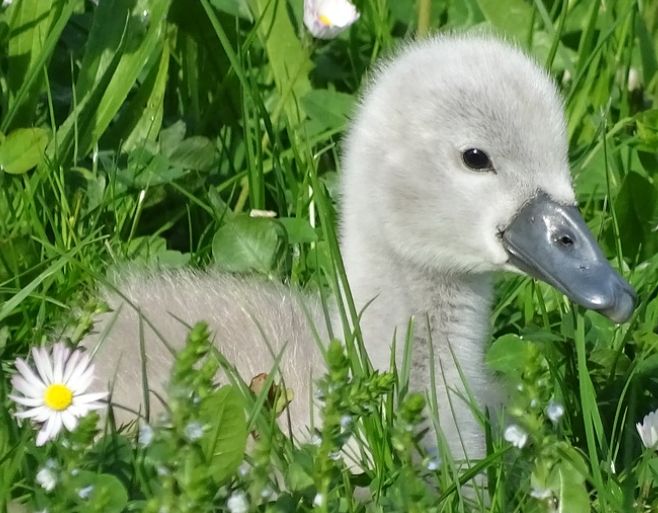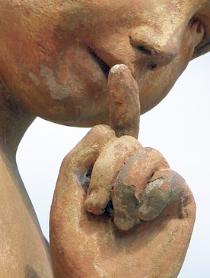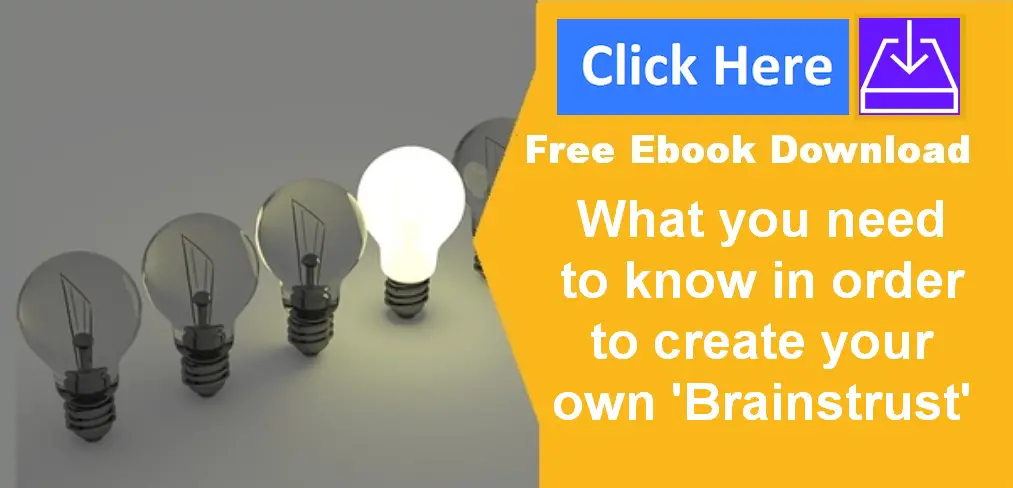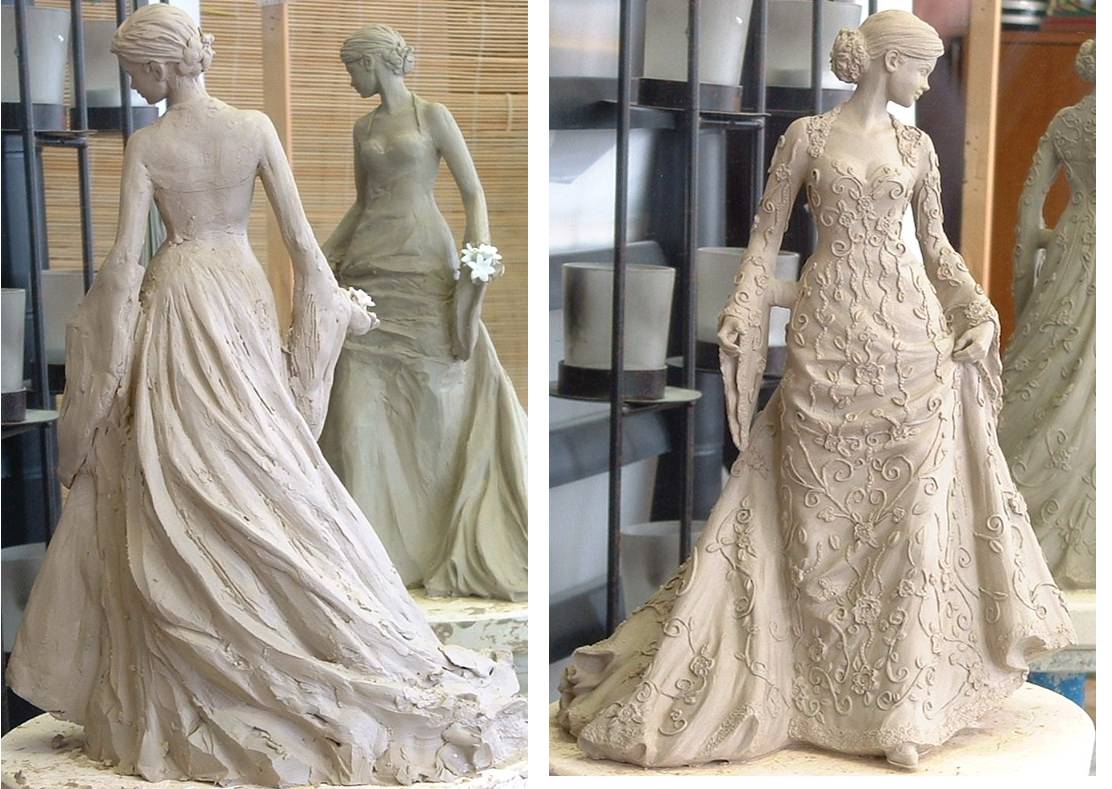Sculpting School:
(What They Don't Teach You). . .
Your Sculpting Potential: Are you a 9-5 slave in a job you don't care for? Find out how to unleash your artistic potential in this article....

Many years ago, I needed to become free to live the life I wanted - creating sculptures for a living and become recognised as the artist I knew I was. I learned how to sculpt at night school, but still really wasn't getting anywhere.
Then a breakthrough happened that resulted in over £10 million of worldwide sales from my clay sculpting work.
The breakthrough was a process I later learned to call:
'The Brainstrust' (so named by film-makers Pixar).
I happened upon the process without knowing anything about Pixar's methods at the time.
Here's the thing:
Although my free clay modelling tutorials (contained on this site) give stage by stage tutorials of every aspect of clay modelling you'll ever need, they don't make mention of the Brainstrust concept.
The reason being, it exists outside any regular curricula.
So right here is where I introduce you to the basics of what a Brainstrust is and how it could catapult you forward.
@theclayartist.com)
If you find this post interesting and want the details of how to create your own Brainstrust (it's simple once you know how) download my free ebook here.
The Pixar Story - The 'Brainstrust'

Pioneered by Pixar Studios, the Brainstrust idea is a key factor in creating the famously successful and critically acclaimed output of this multi award winning company.
As Ed Catmull (boss of Pixar) explains in his book Creativity, Inc., a Brainstrust facilitates “an expression of the ideas that make the best in us possible.”
In essence, a Brainstrust is this: an artist, or head of a creative project, is able to receive regular and timely help by means of a peer support 'solution group'.
This structured feedback leads to the creation of a much higher standard of end product by way of developmental staging posts for the creative journey of the artist/creator/director. Think Everest base-camps.
Think also of the difference between the distillation process of a single malt whisky and some old rough moonshine.
Don't make the mistake of thinking it will be too hard for you to do. I was inward-looking, introverted, knew very few people and no one that was remotely interested in my desire to become a pro sculptor. However, despite these drawbacks, I was quickly and easily able to form my own very effective Brainstrust groups, even in my very early days. And you can too.
Thanks to Creativity, Inc., Brainstrusts are now beginning to be utilised in many different creative processes.
When I read the book a couple of years ago, it dawned on me I had benefited from the same type of process as long ago as 1998 without really realising its real significance. This lightbulb moment made me know I had to share it with my students and readers.
Here's the thing to watch out for: the 'solution group' must operate under certain rules of engagement, otherwise it's in danger of becoming counter-productive at best, or at worse, design-by-committee.
Why Does the Brainstrust Work? (and why is it important for you?)
According to Catmull, a great piece of art, contrary to popular belief, is rarely just the result of divine inspiration. Most creations start out on a wobbly, stuttering and unassured journey before they set sail to warmer waters.

As Catmull says about film making, often it feels like you are in a small boat travelling over treacherous seas to a place which may not even exist, or if it does, you may not be able to find it. As captain of the ship, being open to feedback from a skilled crew may make all the difference.
When we are working on our sculpting project in isolation, do we care what the world thinks, or do we just get on with what we are driven to do from within? In my view, without a barometer of what holds some consensus of cultural value in the world, we are less likely to succeed.
Vincent Van Gough is often thought of as the archetypal solitary genius, but on the contrary, his early death stemmed in part from loneliness. His support group consisted principally of painters Paul Gaugin, Emile Bernard and his art dealer brother Theo.
Van Gough desperately wanted to form an artist colony at Arles, South of France, where likeminded, avant-guarde fellow artist would join him to live and paint. Sadly, it never happened. It was too ambitious a project and its failure, it could be argued, ultimately drove him to take his own life. A Brainstrust might have been a more workable plan. Van Gough in the modern world might have had a better chance of maintaining a Brainstrust type of support group using the internet.
The lesson here is that we don't necessarily have to die as unrecognised, tragic and solitary artists. We can have artistic success in our lifetimes if we work to project manage ourselves. Or, at the very least, we would certainly benefit from new interpretation of things via constructive brainstorming from a support group.
The Ugly Baby Stage

Catmull describes the formative stages of a project as the 'ugly baby' phase.
Unfortunately, many projects reach the market without ever having moved on from this stage. Not Pixar projects, ever. Mediocrity is not their thing - at least, on Catmull's watch.
In the end, Catmull and his team took over the failing Disney Studios and applied the Brainstrust to great effect there too. On the way, reluctantly, they had to fire a few Disney executives who didn't 'get it'.
Pixar's incredible success story speaks volumes for the effectiveness of this process.
In time, your idea will improve and develop anyway, without a solution group, but your very own Brainstrust is going to hurry things along and take you to a higher level more quickly than it otherwise might have done.
To apply this idea for yourself might well be simpler than you think and it may begin to work very quickly for you.
But you do need to understand the process in order accelerate the benefits.
Ultimately, It's About Project Management

Is that a great big "Yuck" for you?
If the Brainstrust idea sounds like project management rather than art; it is!
Believe me, successful artists must possess this super-power, otherwise they would not be successful.
Typically, without the ninja of PM, a project goes like this.
- You have the idea.
- You jump into the project all guns blazing
- High on motivation you get loads done
- You think the project is going to finished pretty soon
- You hit humps and barriers you never knew existed
- The project slows down
- The project is put on the back burner
- The project is left unfinished
Remember, motivation gets you started, but good habits keep you going.
Why don't we normally associate 'Art' with project management?
Well, successful artists are not particularly open about their ugly baby transitioning. They don't have to be, they're selling themselves as cool customers.

Shhh, let's not mention the project management skills, the fortitude, the belief and the grit that gets us over the early stage blues, because that would be uncool.
Artists Tend to Hide Their Ugly Mess Stage
Ultimately, Catmull has the licence to talk about the uncertainty factor because he has been so successful.
His laying bare of Pixar's creative processes was especially refreshing for me because just about every sculpting tutorial I see online gives the impression that the suave and accomplished artist has never had a moment of doubt in creating their masterpieces.
I have discovered that many of my sculpting students have ugly baby angst, and I can tell them it's ok to have this because good habits overcome.
At the heart of any creative process, according to Ed Catmul, is productive feedback and it's not so much about being born a natural artistic genius.
Sculpting in clay is an incredibly hard skill to master, but not impossible if you get some accelerated learning.
What Defines an Ugly Baby?
Last but not least, you need to know what is, and what isn't, an ugly mess.
The sculpt below left, despite being rough and unfinished, is not what I mean by an ugly mess or ugly baby. It's gone past that stage into the 'happy rough' stage.
At this later stage, the sculpt has gone through development, including the Brainstrust phase, and merely needs me to lay the finishing and tidying stages on top of the piece.
The final piece on the right was accepted as a finished master by the highly picky development team at the Wedgwood Group for their Coalport label.
Hopefully, you can see all the main elements of composition and structure are there in the final rough on the left.
Can we easily define what is an ugly baby in terms of a sculpting project? Not necessarily, sometimes we need the fresh eye of a Brainstrust support group to flag up the elephant in the room.
Whenever this happens to me, I often know, deep down, there is an unresolved issue. I have to make a pact with myself and be honest and humble rather than take a stand and try to prove my original idea right.
So if I look to the back of my mind and I recall a nagging feeling - and hey presto, often the feedback is correct.
Not everyone can do this, you have to be settled rather than tempestuous and open to finding solutions, which ultimately results in better work.
Below is the main content supplement to this article:-
Return from this page: 'What They Don't Teach You At Sculpting School' to the main 'Clay Sculpting' page


